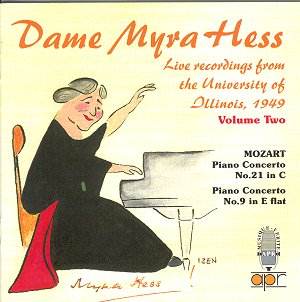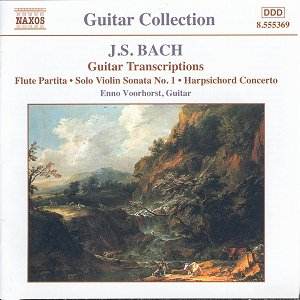 Composer: Alexander Borodin
Composer: Alexander Borodin
Works: Prince Igor – Overture, Prince Igor – Polovtsian Dances, Symphony No. 2, Symphony No. 3
Performers: LSO/Georg Solti (Overture), LSO/Jean Martinon (Symphony No. 2), L’Orchestre de la Suisse Romande/Ernest Ansermet (Symphony No. 3)
Recording: 1966 (Prince Igor), 1961 (Symphony No. 2), 1955 (Symphony No. 3)
Label: DECCA
The music of Alexander Borodin occupies a distinctive niche within the Russian symphonic canon, often overshadowed by his more famous contemporaries. Yet, his works resonate with a unique combination of lyrical beauty and rhythmic vitality, reflecting both his heritage and his scientific pursuits. This collection brings together some of Borodin’s most celebrated pieces, including the Overture and Polovtsian Dances from Prince Igor and his Symphonies No. 2 and No. 3, performed by venerable orchestras under renowned conductors.
Georg Solti’s interpretation of the Prince Igor Overture is characterized by a vigorous energy that, while undoubtedly exciting, occasionally borders on the chaotic. His use of tempo extremes can create a sense of urgency, but this approach risks overshadowing the thematic material’s inherent drama. The antiphonal brass calls, which should evoke a sense of mystique and grandeur, often feel rushed, lacking the depth of emotion found in more nuanced performances. In stark contrast, the Polovtsian Dances are a highlight; the woodwind section shines with exquisite clarity, the brass sections are assertive yet balanced, and the chorus delivers an ethereal quality that enhances the overall impact. Pizzicati in the strings (notably at 08:07) and the emphatic bass drum strikes contribute to a vibrant soundscape, culminating in a thrilling finale that leaves a lasting impression.
Jean Martinon’s direction of the Second Symphony stands out for its rhythmic precision and dynamic contrasts. The recording, made over forty years ago, retains a freshness that belies its age, allowing the listener to appreciate the symphony’s rich textures. Martinon’s choice to emphasize the Scherzo’s lively woodwind passages (notably at 3:33) showcases the orchestra’s agility, while the Andante section beautifully contrasts, unfolding with a contemplative grace that evokes a serene atmosphere. The potential influence of this movement on Vaughan Williams’ The Wasps Overture is tantalizing and speaks to the broader dialogue among composers of the period.
Ernest Ansermet’s handling of the Third Symphony, while undeniably competent, tends toward a more measured, less vigorous interpretation. There is a certain stiffness in the phrasing that can detract from the symphony’s overall impact, particularly in the outer movements. However, the Scherzo features moments of silvery brilliance that momentarily lift the performance, suggesting Ansermet’s strengths lie in finesse rather than fervor. The contributions of Rimsky-Korsakov and Glazunov in orchestrating these works are evident, as their stylistic fingerprints enhance Borodin’s foundational ideas.
The sound quality across these recordings is commendable, especially considering they are drawn from an earlier era of analog production. While some hiss is perceptible, it does not detract significantly from the listening experience, allowing the warmth and richness of the orchestral timbres to shine through. DECCA’s engineering captures the complexities of the orchestral textures, ensuring that even the more intricate passages are rendered with clarity.
This collection serves as a fine introduction to Borodin’s orchestral oeuvre, offering both familiar favorites and deeper symphonic explorations. Although the performances exhibit varying degrees of interpretative success, the overall presentation reflects a commitment to showcasing Borodin’s unique voice within the symphonic tradition. Each conductor brings their distinct perspective, creating a multifaceted portrait of a composer whose legacy deserves greater recognition. The disc is particularly valuable for those seeking an accessible yet substantive entry point into Borodin’s music.



